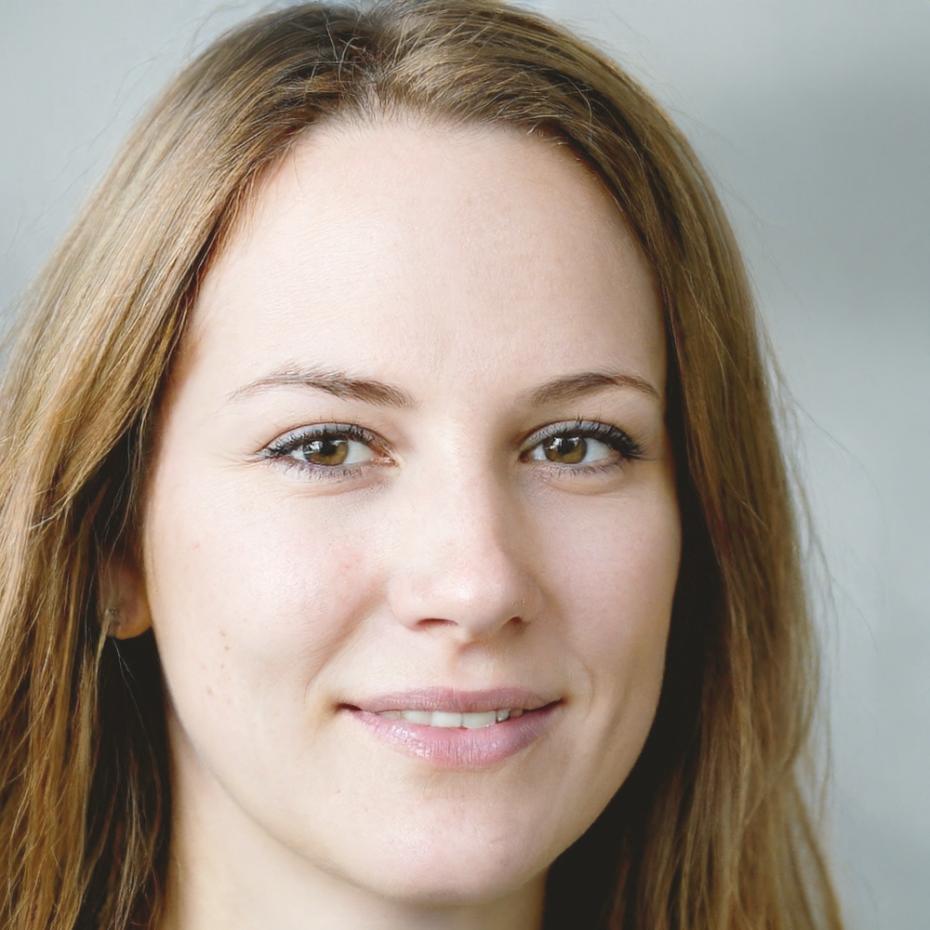Advanced Financial Modeling Program
Master real-world financial analysis through hands-on projects and industry-standard methodologies. Build models that actually work in professional settings.
Start Your ApplicationYour Learning Journey
We've structured this program around the way financial professionals actually work. You'll start with core principles, then dive into specialized areas that match current industry demands.
Foundation Building
Master Excel fundamentals and basic financial concepts through practical exercises
Model Construction
Learn to build three-statement models and conduct sensitivity analyses
Advanced Applications
Work with DCF models, merger models, and industry-specific scenarios
Portfolio Development
Create presentation-ready models for your professional portfolio
16-Week Curriculum
Each module builds on previous skills while introducing new concepts through real business cases
Financial Foundations
Weeks 1-3Start with accounting principles and cash flow mechanics. We use real company data so you understand how financial statements connect to actual business operations.
Excel Mastery for Finance
Weeks 4-6Beyond basic functions - learn the advanced Excel techniques that investment banking and corporate finance teams actually use daily. Focus on efficiency and error prevention.
Valuation Methods
Weeks 7-10Build comprehensive DCF models from scratch. Learn when different valuation approaches work best and how to present findings to stakeholders who make investment decisions.
Industry Applications
Weeks 11-14Work with sector-specific models for tech, retail, and resources companies. Each industry has unique metrics and modeling approaches that matter to analysts and investors.
Portfolio & Presentation
Weeks 15-16Complete your final project with a company of your choice. Present your analysis and recommendations to industry professionals who provide feedback on your work.
Learn from Industry Practitioners
Our instructors work in finance roles at major institutions and bring current market experience to every class

Silas Morgenthal
Senior Vice President, Investment Banking
Silas leads M&A transactions for mid-market companies across Australia and Asia. He's built over 200 financial models for deal evaluation and has particular expertise in technology and healthcare sectors. Before joining our program, he spent eight years at Goldman Sachs Melbourne.

Cordelia Vance
Director, Equity Research
Cordelia covers ASX-listed mining and resources companies for institutional clients. Her models directly influence investment decisions managing billions in assets. She's known for making complex financial concepts accessible and focuses on practical applications that students can use immediately.
Common Questions
Here's what most prospective students want to know about our program structure and requirements